
In the intricate world of industrial gold smelting, sodium cyanide stands as a linchpin raw material, playing a pivotal role in the extraction and purification of gold from its ores. This highly potent chemical compound has revolutionized the gold mining industry, enabling miners to efficiently separate gold from its host rock and other impurities. However, its use also raises significant concerns regarding safety, environmental impact, and ethical considerations.
Chemical Properties and Characteristics
Sodium cyanide (NaCN) is a white, crystalline solid that is highly soluble in water. It has a melting point of 563.7°C and a boiling point of 1496°C. In its pure form, sodium cyanide is odorless, but it can release hydrogen cyanide gas when exposed to acids, moisture, or heat. This gas is extremely toxic and can cause severe respiratory problems, convulsions, and even death in high concentrations.
Role in Gold Smelting
The primary use of sodium cyanide in industrial gold smelting is in the cyanidation process, also known as the MacArthur-Forrest process. This process involves the dissolution of gold in a dilute solution of sodium cyanide in the presence of oxygen. The reaction between gold, sodium cyanide, and oxygen forms a soluble gold cyanide complex, which can then be separated from the solid ore particles through a series of filtration and precipitation steps.
The cyanidation process is highly efficient and can recover up to 90% of the gold present in the ore. It is particularly effective for processing low-grade gold ores, which would otherwise be uneconomical to mine using traditional methods. Additionally, the use of sodium cyanide allows for the extraction of gold from ores that contain other metals and minerals, such as silver, copper, and zinc.
Gold Smelting Process
The gold smelting process using sodium cyanide typically involves the following steps:
Ore Preparation: The gold ore is first crushed and ground into a fine powder to increase its surface area and facilitate the dissolution of gold.
Cyanidation: The powdered ore is then mixed with a dilute solution of sodium cyanide and oxygen in a large tank or vat. The mixture is agitated to ensure thorough contact between the ore particles and the cyanide solution.
Filtration: After a period of time, the resulting slurry is filtered to separate the solid ore particles from the liquid gold cyanide solution.
Precipitation: The gold cyanide solution is then treated with a reducing agent, such as zinc or aluminum, to precipitate the gold out of the solution.
Refining: The precipitated gold is then refined to remove any remaining impurities and to produce a high-purity gold product.
Safety and Environmental Concerns
While sodium cyanide is an essential raw material in industrial gold smelting, its use also poses significant safety and environmental risks. Sodium cyanide is highly toxic and can cause serious health problems if ingested, inhaled, or absorbed through the skin. Exposure to sodium cyanide can lead to symptoms such as nausea, vomiting, dizziness, headache, and respiratory distress. In high concentrations, it can be fatal.
In addition to its toxicity, sodium cyanide can also have a significant impact on the environment. When released into the environment, sodium cyanide can react with water and other chemicals to form hydrogen cyanide gas, which is highly toxic to plants, animals, and humans. Sodium cyanide can also contaminate soil and water sources, leading to long-term environmental damage.
To minimize the risks associated with the use of sodium cyanide in gold smelting, strict safety and environmental regulations are in place. Mining companies are required to implement comprehensive safety measures to prevent the release of sodium cyanide into the environment and to protect the health and safety of their workers. These measures include the use of proper handling and storage procedures, the installation of safety equipment and monitoring systems, and the implementation of emergency response plans.
Ethical Considerations
The use of sodium cyanide in gold smelting also raises ethical considerations. The mining and processing of gold can have a significant impact on local communities and the environment, particularly in developing countries. The use of sodium cyanide can lead to the displacement of indigenous communities, the destruction of natural habitats, and the contamination of water sources.
In addition, the mining and processing of gold can also contribute to human rights abuses, such as child labor, forced labor, and environmental degradation. To address these concerns, many mining companies are now implementing sustainable mining practices and ethical sourcing policies to ensure that their gold is mined and processed in a responsible and sustainable manner.
Conclusion
Sodium cyanide is an essential raw material in industrial gold smelting, playing a crucial role in the extraction and purification of gold from its ores. While its use has revolutionized the gold mining industry, it also poses significant safety, environmental, and ethical concerns. To minimize these risks, strict safety and environmental regulations are in place, and mining companies are increasingly implementing sustainable mining practices and ethical sourcing policies. As the demand for gold continues to grow, it is essential that we find ways to balance the economic benefits of gold mining with the need to protect the health and safety of people and the environment
- Random article
- Popular articles
- Popular comments
- Selective flocculation beneficiation process for bauxite
- Gravity beneficiation process for iron ore
- Understanding the Manganese Ore Flotation Process
- Molybdenite Grinding and Separation Process
- Barite Combined Beneficiation: Key Process Insights
- Combined Process for Quartz Sand Production
- Phosphate Rock Processing: Classification and Flotation



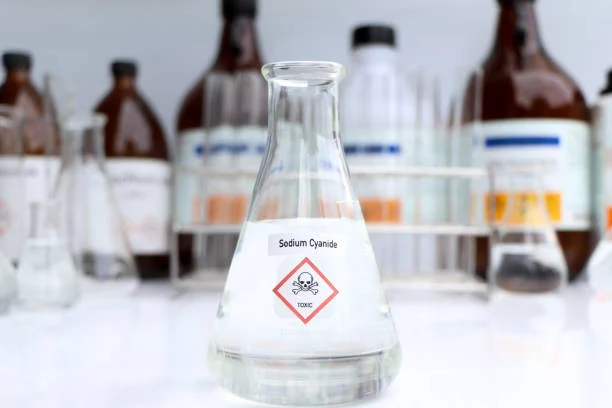
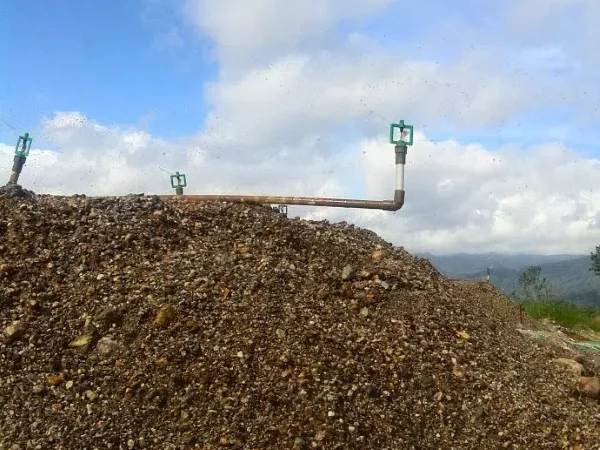

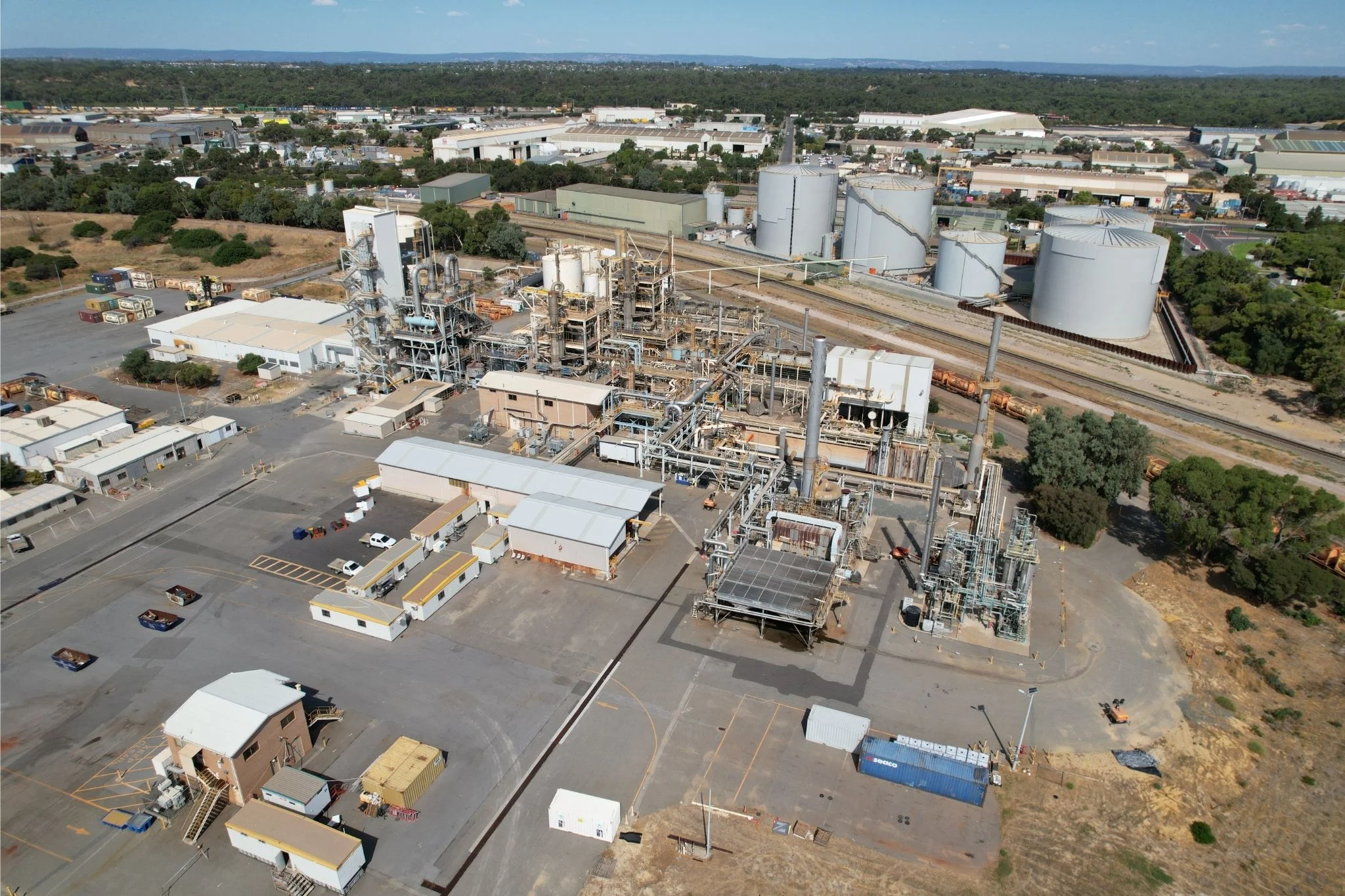
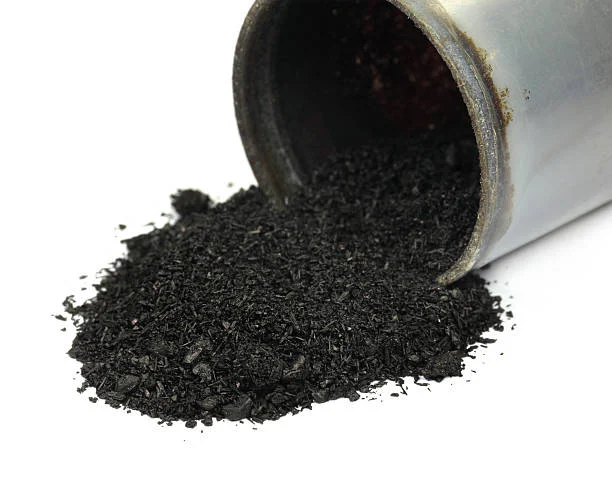
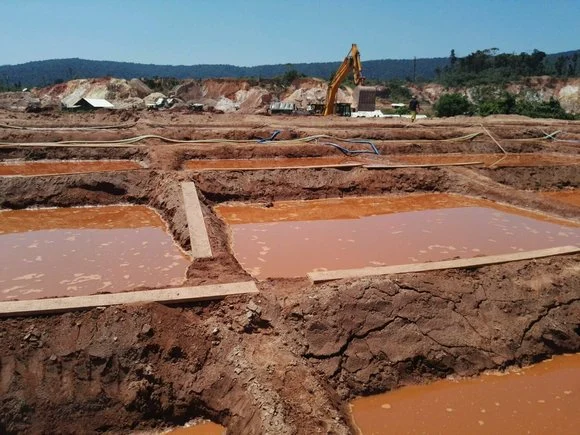
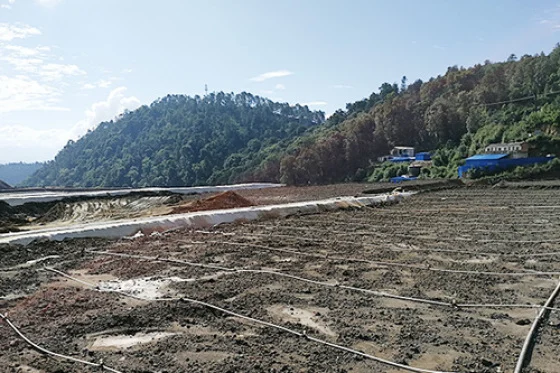

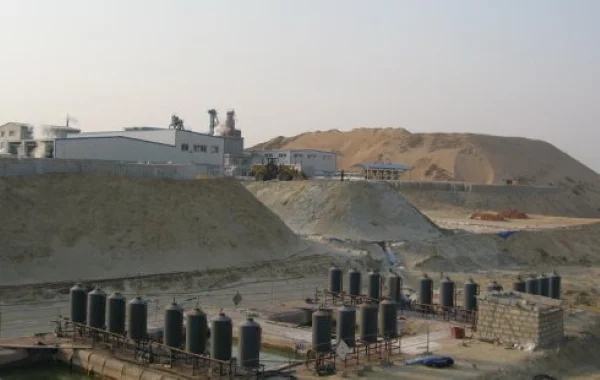


Leave a message with your needs or comments
Add comment: